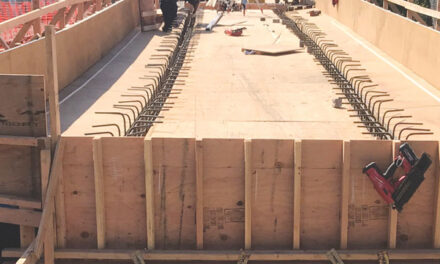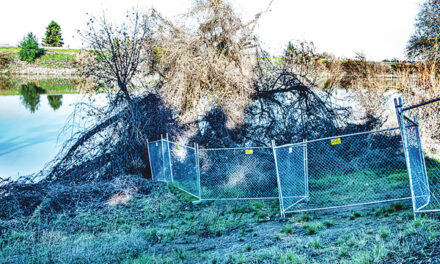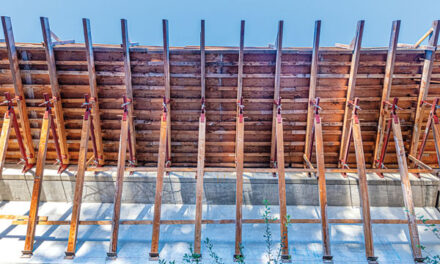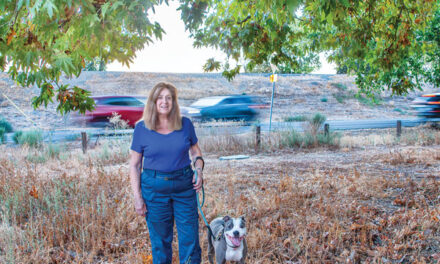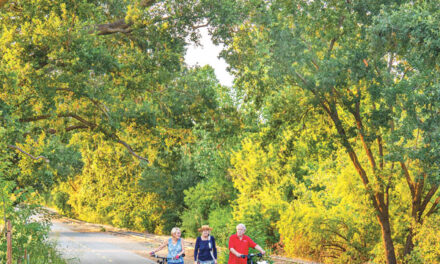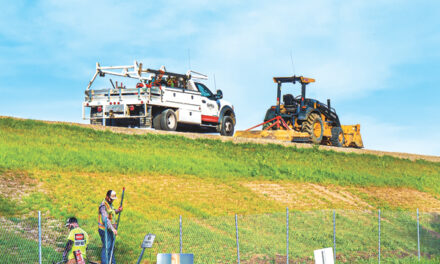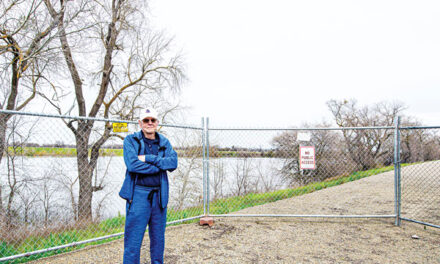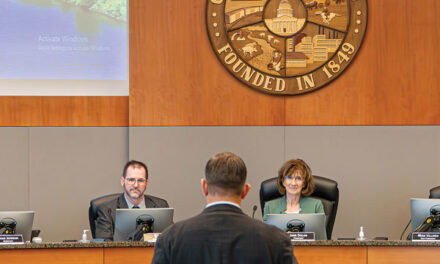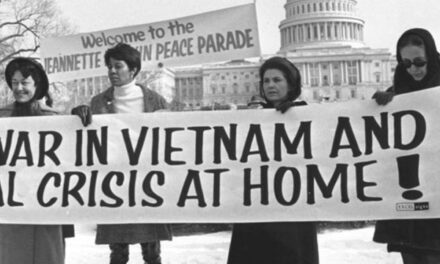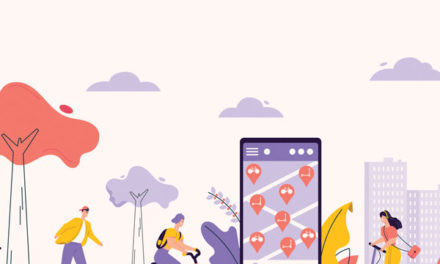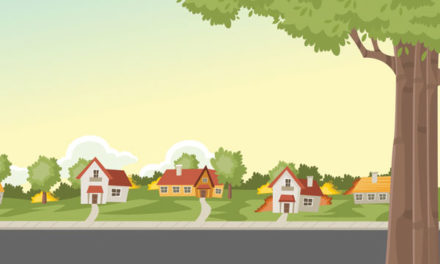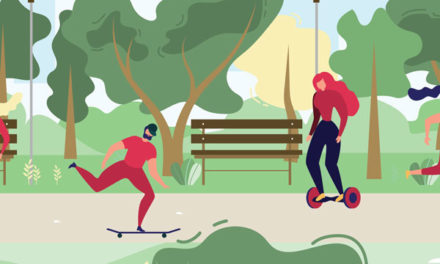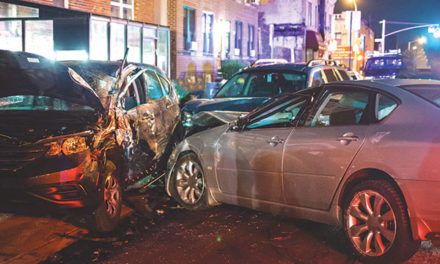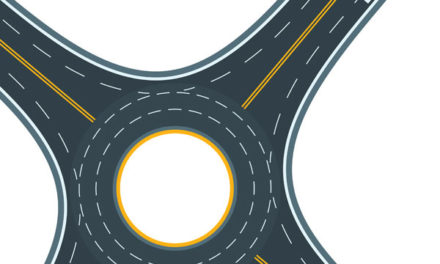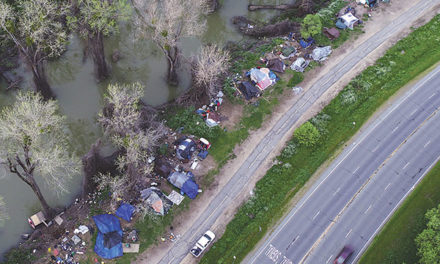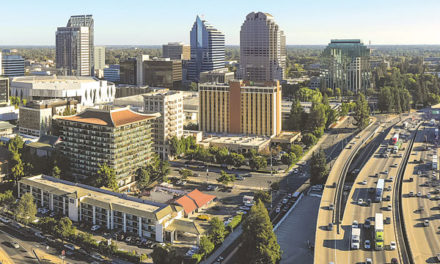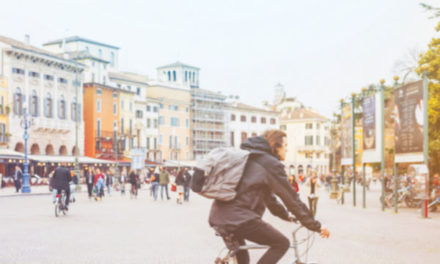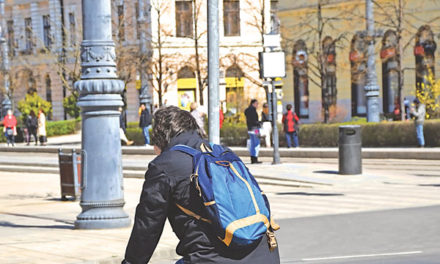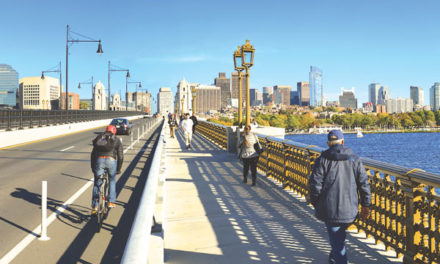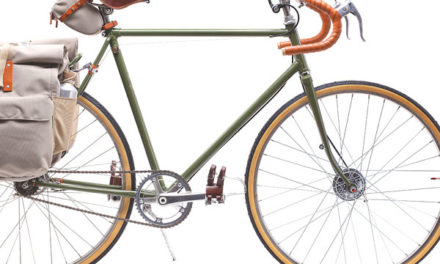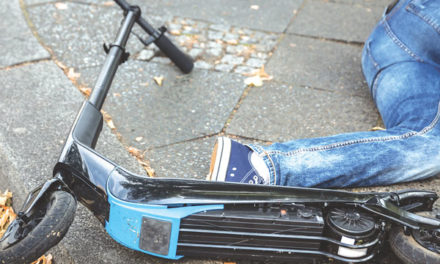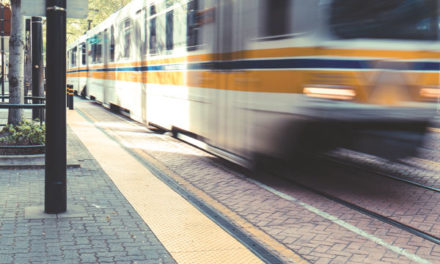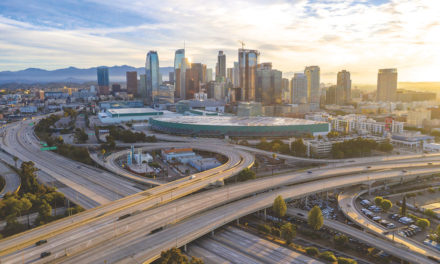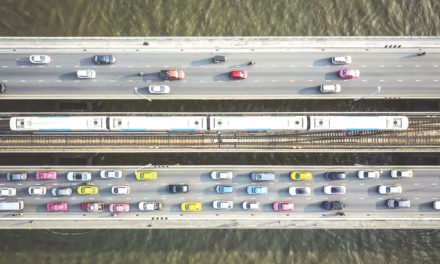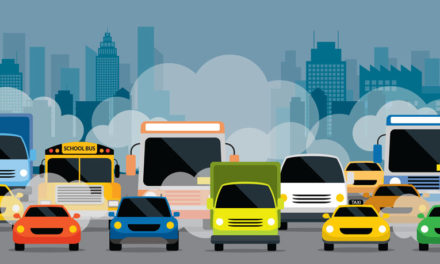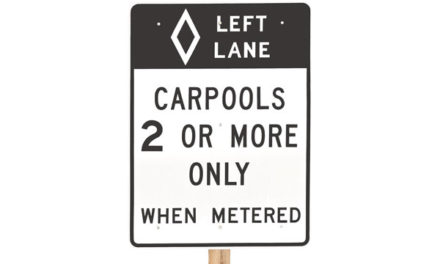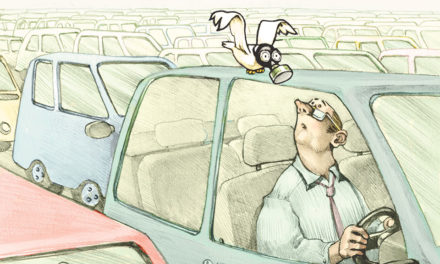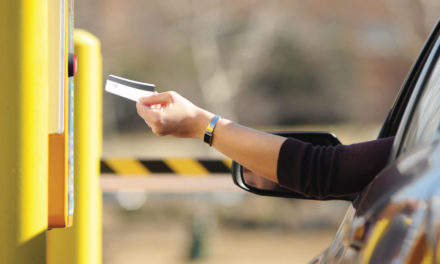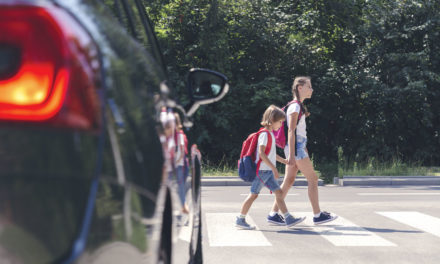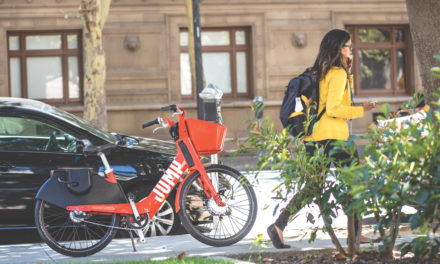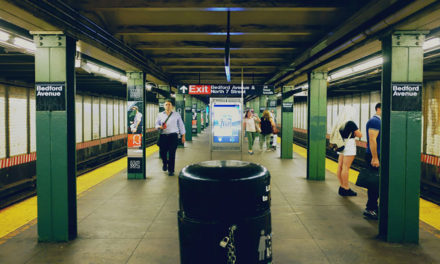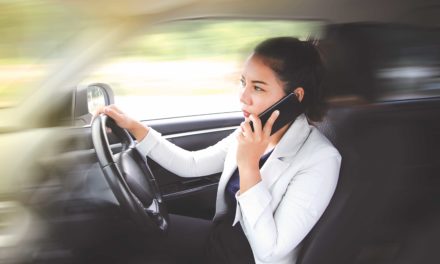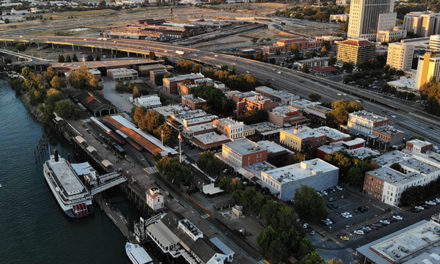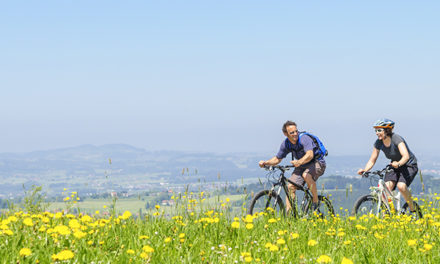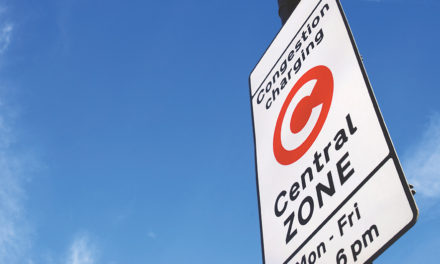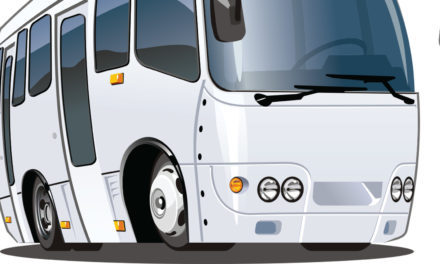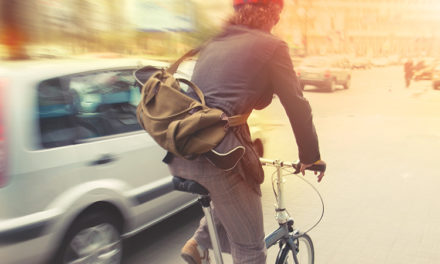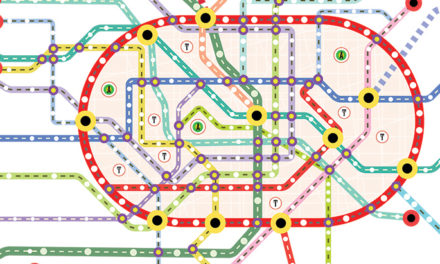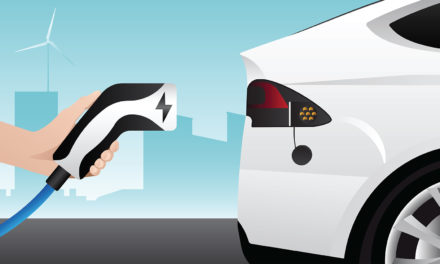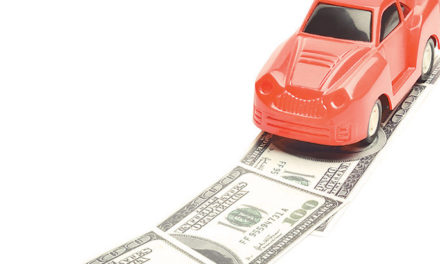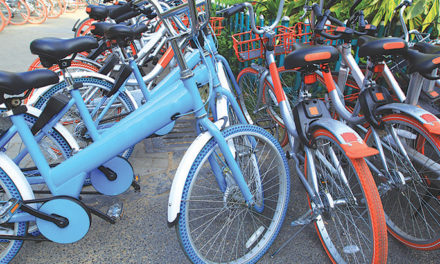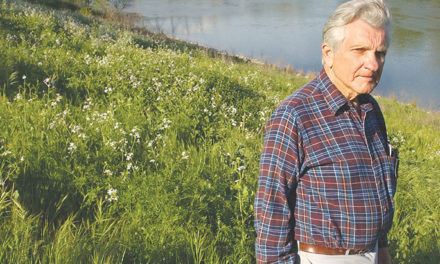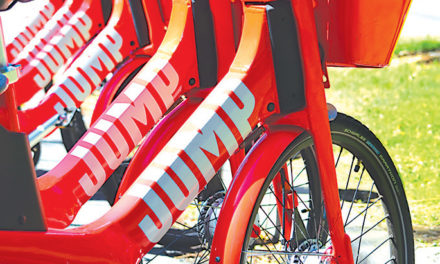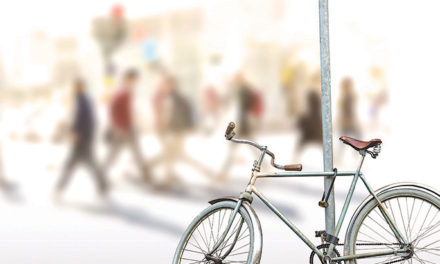What would the ideal transportation system be? If we didn’t have to worry about reality, teleportation would probably be it. Beaming oneself to any destination instantaneously seems much better than fighting traffic.
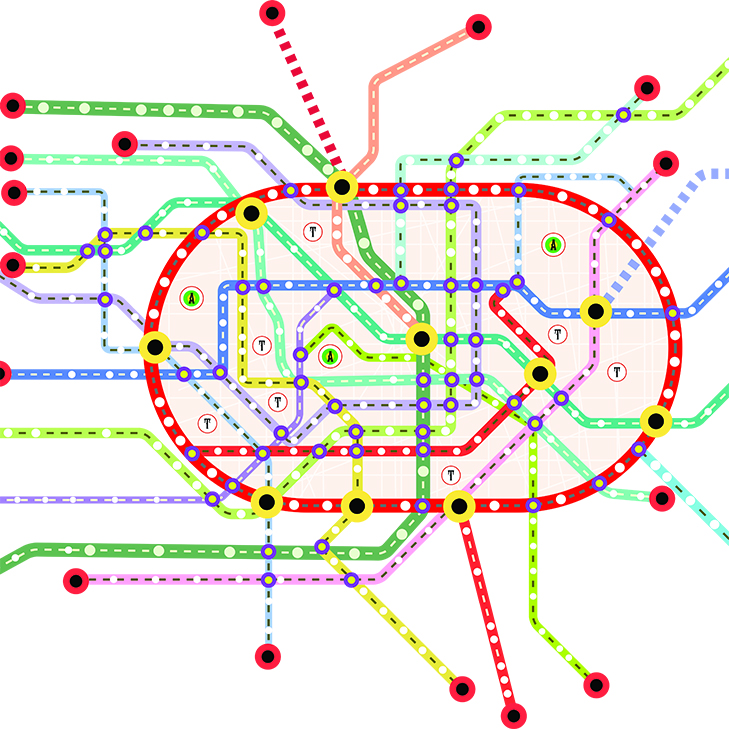
The movie “The Fly” suggests the fairly serious glitch of inadvertent species-mixing using this fictional tech, but maybe it could be debugged. (I’ve been told that a former mayor of Davis asked city staff to investigate the possibility of using teleportation for travel. Perhaps she didn’t see the movie.)
Envisioning an ideal transportation system in the real world means we have to decide what ideal means. Is it the most cost-effective system? Is it the most sustainable system, one that does the least environmental harm? Is it the safest system? Maybe it’s the fastest, or the one that’s best for public health. Perhaps it’s the most equitable system, one that assures access for all. Or it could be the one that’s most convenient.
If you tried to optimize and balance all these factors, it’s unlikely you’d come up with a system such as we have in the U.S. We’ve focused on the personal convenience of driving. Driving maximizes travel freedom (sometimes) and privacy, but at a very high cost. What’s more, driving’s perceived convenience is on the wrong end of the spectrum when it comes to most other factors, especially personal and social costs, safety and environmental damage.
And driving isn’t always convenient or fast. According to the Texas Transportation Institute, drivers in 2014 in America’s biggest cities were delayed 63 hours by being stuck in traffic. They calculated total congestion costs to be $160 billion.
Most car trips are made by a single driver. It’s incredibly inefficient to use an SUV, weighing more than two tons, to transport one human. All that weight and size gobbles energy and space. Heavy cars are especially dangerous to those outside the vehicle. Moving tons instead of a few pounds pollutes the air and adds to global warming on a grand scale.
Every household with one or two cars pours thousands of dollars a year into ownership costs: deprecation, gas, maintenance and insurance. Economically, everyone would be better off if those dollars were available for other purposes.
What would be Utopian for urban areas using current technology? Public transit would be key, but not the transit systems we see in most places in the U.S. We need something like the best European and Asian models, with easy-to-use service that is clean, frequent, reliable and fast. Such systems exist in London, Paris, Berlin, Tokyo, Singapore and Hong Kong. Former Bogota, Colombia, mayor Enrique Peñalosa says, “An advanced city is not one where even the poor use cars, but rather one where even the rich use public transport. Or bicycles.”
In Utopia, the densest cities would have subways unimpeded by other traffic. Surface rail might serve suburban villages. Light rail or bus rapid transit and fixed bus routes would abound in smaller cities. For short trips, people would walk, bike or use electric scooters. They’d do the same to get to and from transit stops and stations for longer trips.
Most trips would be short, because neighborhoods would have most needed goods and services nearby. There would be neighborhood schools, restaurants and grocery stores. Specialty stores and large medical centers would still exist, but the default would not be mega-stores and schools that require long trips to reach.
Between cities, express rail or high-speed rail would take people from city center to city center. There would be no need to waste time going to an airport, parking, checking in hours early, taking your shoes off, getting screened and finally winding up at another remote airport where renting a car is a necessity.
You can’t beat the speed of flying for the longest journeys, but that time savings comes with a huge energy cost. In Utopia, all airports would be connected to transit hubs in city centers by express rail service.
Those hubs would serve all forms of local transportation, making transfers a breeze. There would be no need for intercity travelers to rent a car. To rent would be counterproductive—a waste of time and money.
Many travelers to Europe quickly embrace and extol the high-quality transportation systems there. In America, people put up with inadequate and poorly designed and funded transportation systems. It will take a profound cultural change to get a Utopian system here. Maybe transporters are more likely.
Walt Seifert is executive director of Sacramento Trailnet, an organization devoted to promoting greenways with paved trails. He can be reached at bikeguy@surewest.net.



